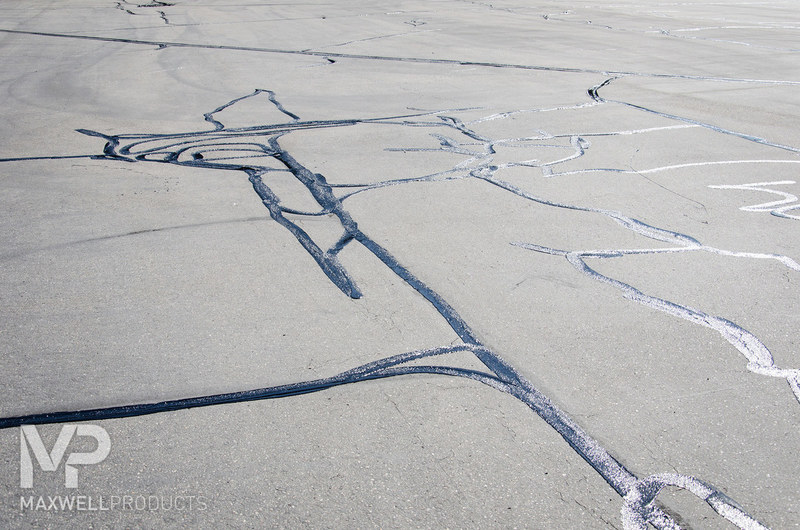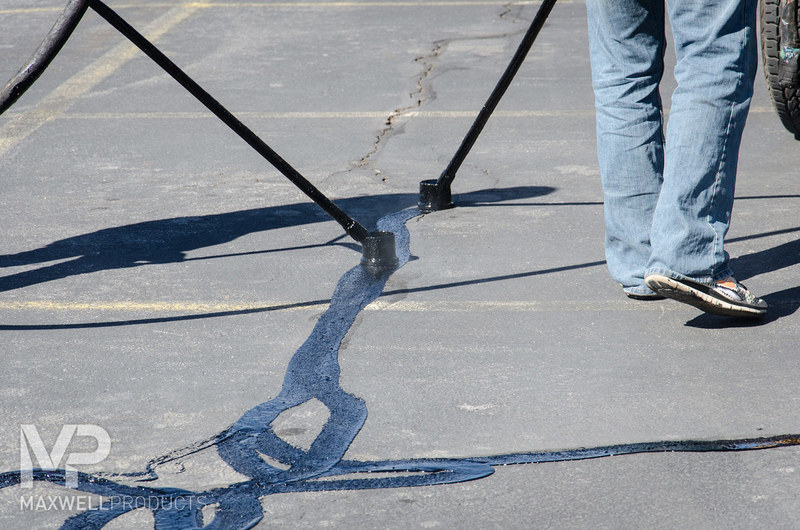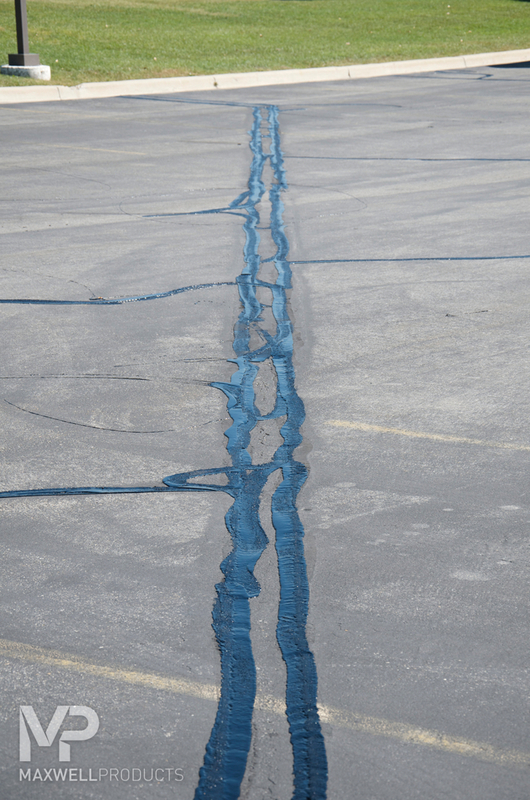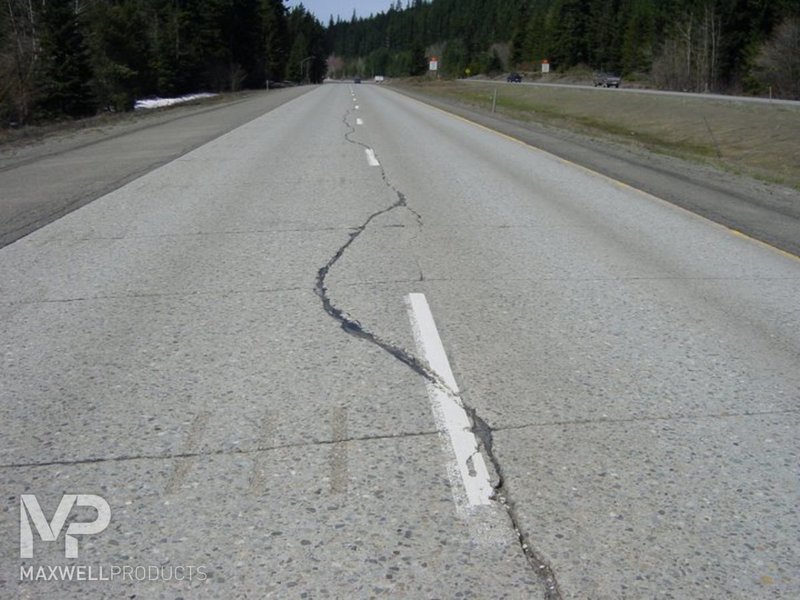View Photo
Solution Center
Repairing Longitudinal Cracking with:
Simple Overband Crack Seal Overband Crack Seal Flush Fill Crack Seal
Problem: Longitudinal Cracking
Longitudinal cracking runs parallel to the pavement centerline (or laydown direction) and can be associated with reflective cracking from an underlying layer, poor joint construction or location (joints located in the wheel path), frost heaving, or load-related stress. Longitudinal cracking may also signal the onset of fatigue cracking (alligators/crocodiles or spider-web cracking).
Solution: Simple Overband Crack Seal
Occasionally referred to as a blow-and-go, due to the lack of crack preparation and routing, one of the common and cost-effective methods of sealing pavement cracks, simple overband crack sealing is a procedure whereby the repair crew concentrates their efforts on the surface of the crack, filling and overbanding simultaneously. This method of crack sealing is faster and easier than a routed overband crack seal and may bridge and not fill the crack completely from the bottom up. While simple overband crack sealing does create a moisture seal and protects the top of the crack surface from erosion and further damage, it may not last as long as a routed repair and may require a touch-up within a few years.
Comments
no comments





